Many girls are familiar with matcha and have eaten matcha foods such as matcha cake, ice cream, matcha coffee, etc. Matcha has captured the hearts of many people with its cleansing taste, bright green color, and mellow texture. Many people think matcha is green tea ground into powder, but this perception is wrong.
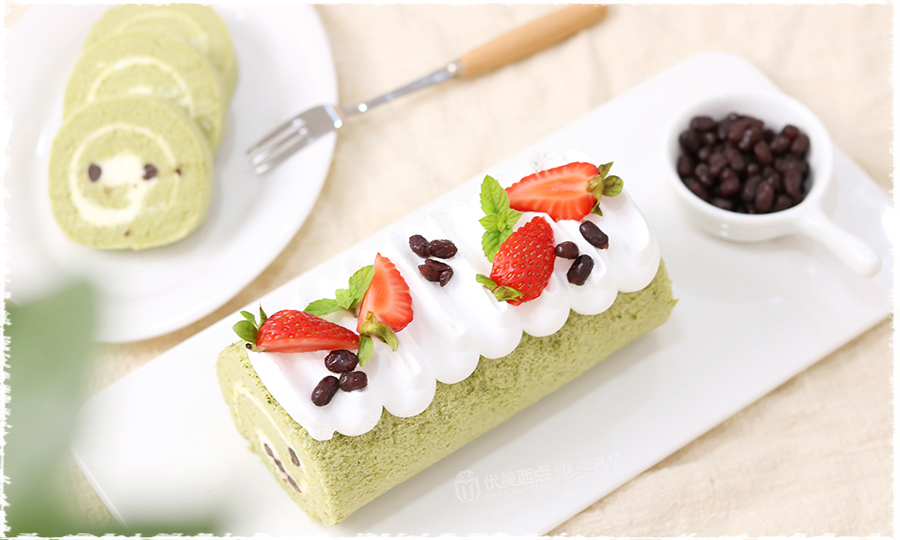

Matcha originated in China during the Wei and Jin dynasties. It’s derived from young spring tea leaves, which are subsequently killed by steam, transformed into cakes, and preserved. When consumed, the tea is first baked and dried over a fire, then ground into a powder with a natural stone mill, poured into a tea bowl, rinsed in boiling water, and thoroughly stirred with a tea brush to produce foam. The matcha powder should be fine and uniform, bright green, and the soup color should be rich green with a fresh aroma. After thousands of years of development, matcha has been perfected from production to tasting. However, matcha rapidly became unpopular during the Ming Dynasty with the rise of loose tea. Instead of disappearing, matcha got into Japan, where it quickly developed.
1. Production and appearance
Generally, the quality of tea picked before the Qingming Festival is the best quality. But matcha is delayed until May, which is to extend the growth period of tea to reduce the bitter tea polyphenol. Therefore, no astringency is the most significant difference between matcha and green tea powder.
In the 20 days to a month before picking tea leaves, you must get a trellis on the top of the tea tree to build a straw mat and other coverings to increase the tea buds’ chlorophyll and amino acid content by avoiding light. The tea leaves are more beautiful in color and taste and have better nutrients when growing in a low-light environment.


After picking and then going through the churning, steam, drying, sterilization, and grinding to produce authentic matcha, especially the last procedure – grinding—needs to use the stone mill’s low-efficiency rubbing to avoid making the matcha get very hot and keep its color and nutrients. Matcha is typically more expensive since it requires a lot of work and time.
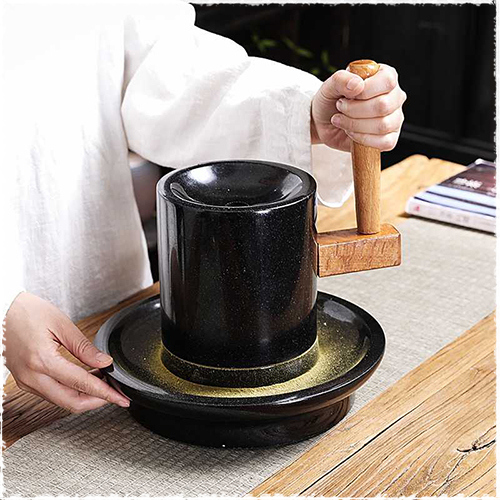

Matcha is tender and green; the powder after the stone grinding is very small; and the taste is mellow. Tea ceremony rituals, baking, and cooking all use it.


The process of making green tea powder is closer to that of regular green tea than matcha, which is caused by quickly grinding the tea leaves of Chinese green teas (such as Longjing) into powder using metal equipment. It is relatively simple to make and does not require much quality in tea leaves or craftsmanship, so it is cheaper.
Green tea powder is relatively simple to make, so the particles are also more extensive, and you can feel some tiny particles by touching it with your fingers. The color may be dark green, yellow-green, or light green, depending on the variety of tea.
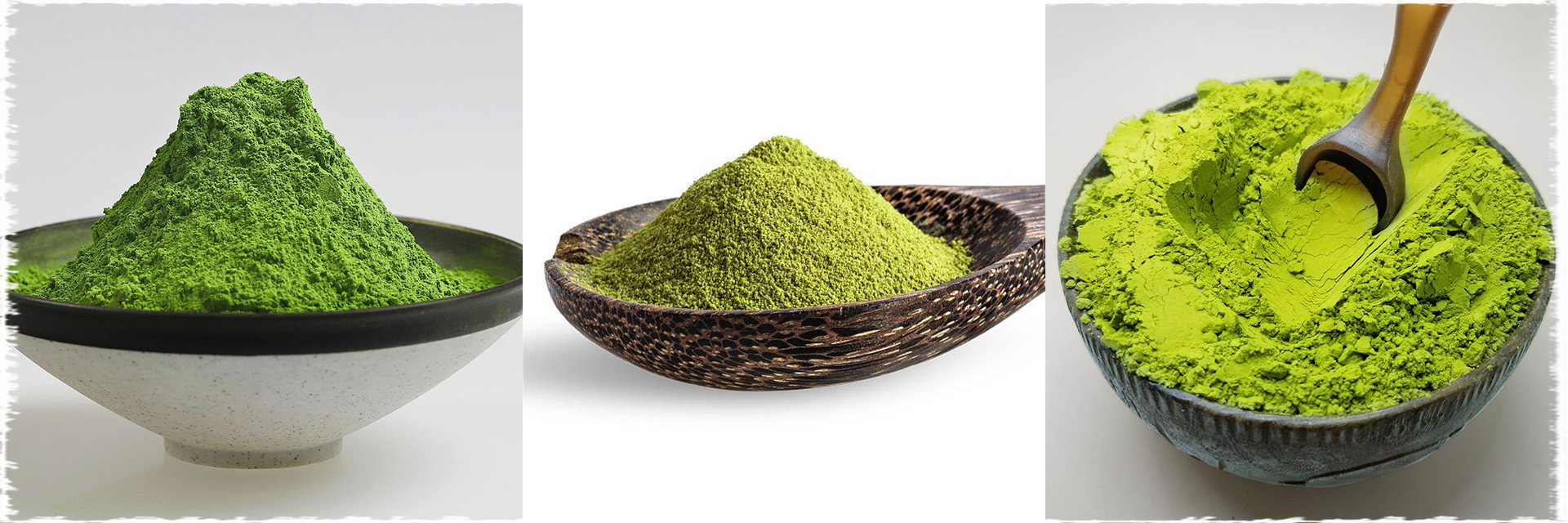

2. Origin
Japan is the largest producer of matcha, with the Uji region of Kyoto being the most famous. The main matcha tree species are Yabukita and Asahi, as their leaves are more tender and more suitable for making matcha.
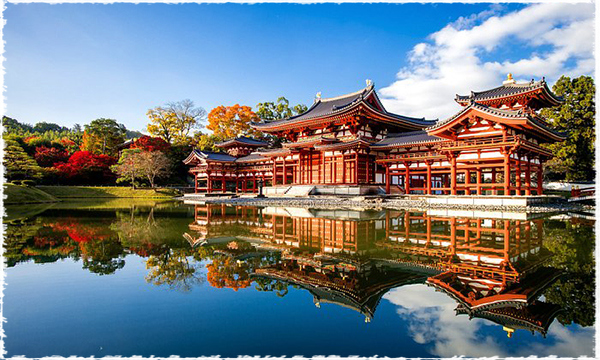

Green tea powder usually uses general green tea to grind into powder, and its origin is more widely spread all over China.
3. Taste and aroma
Since the May picking date, matcha has a longer growing cycle and includes more amino acids. It has a fresh, seaweed-like aroma, a mellow taste, sweetness, and almost no astringency. Matcha has a rich foam and a bright color.
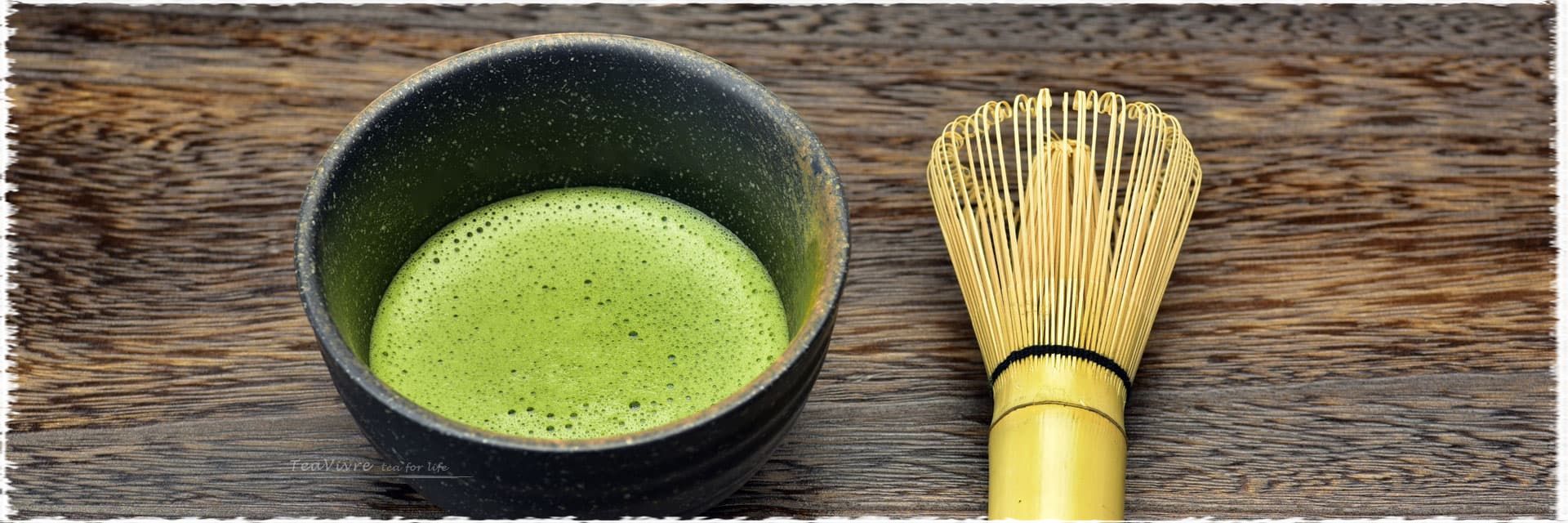

Green tea powder has a simpler, more pronounced granularity and less foam. Its aroma is more pronounced with a green tea flavor than matcha, which has a heavier, bitter taste.
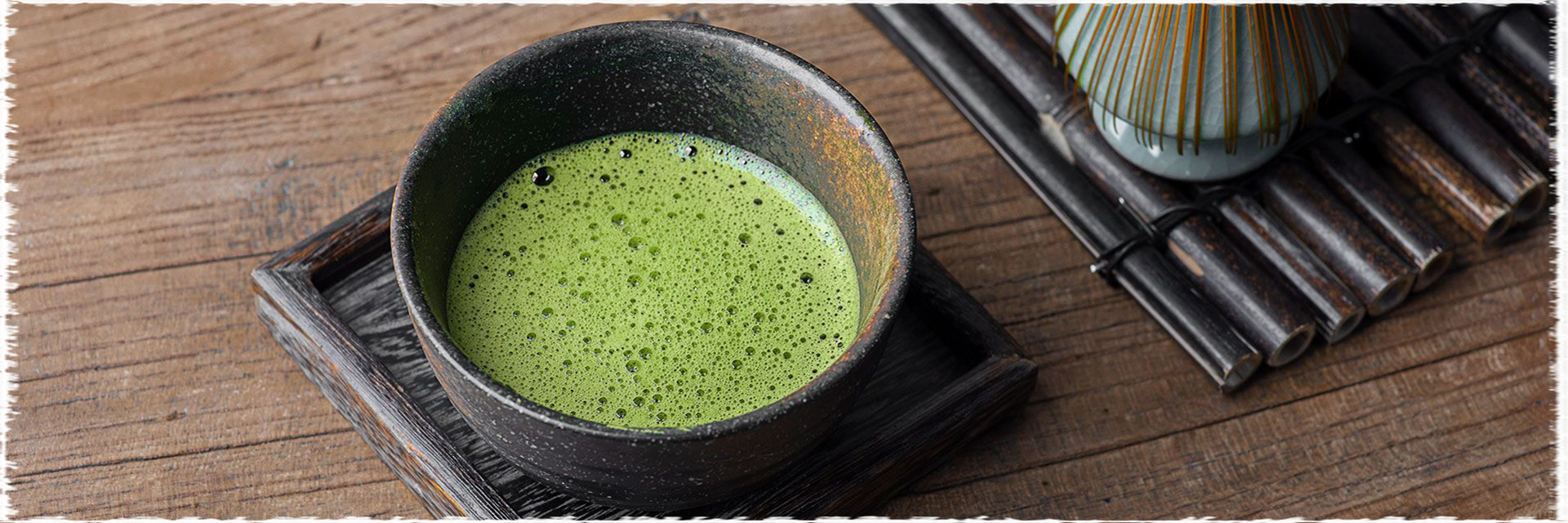

4. Nutritional composition and health benefits
Matcha is rich in amino acids, chlorophyll, and antioxidants due to the use of shaded tea leaves for its production, and chlorophyll has potent antioxidant and anti-inflammatory activity, which reduces the damage done to the body by oxidative stress and chronic inflammation. Matcha has various health benefits, including enhanced cognitive function, reduced blood sugar and fat levels, and stress relief.
Caffeine, antioxidants, and vitamins—especially the latter two that strengthen the immune system and preserve health—are also abundant in green tea powder.
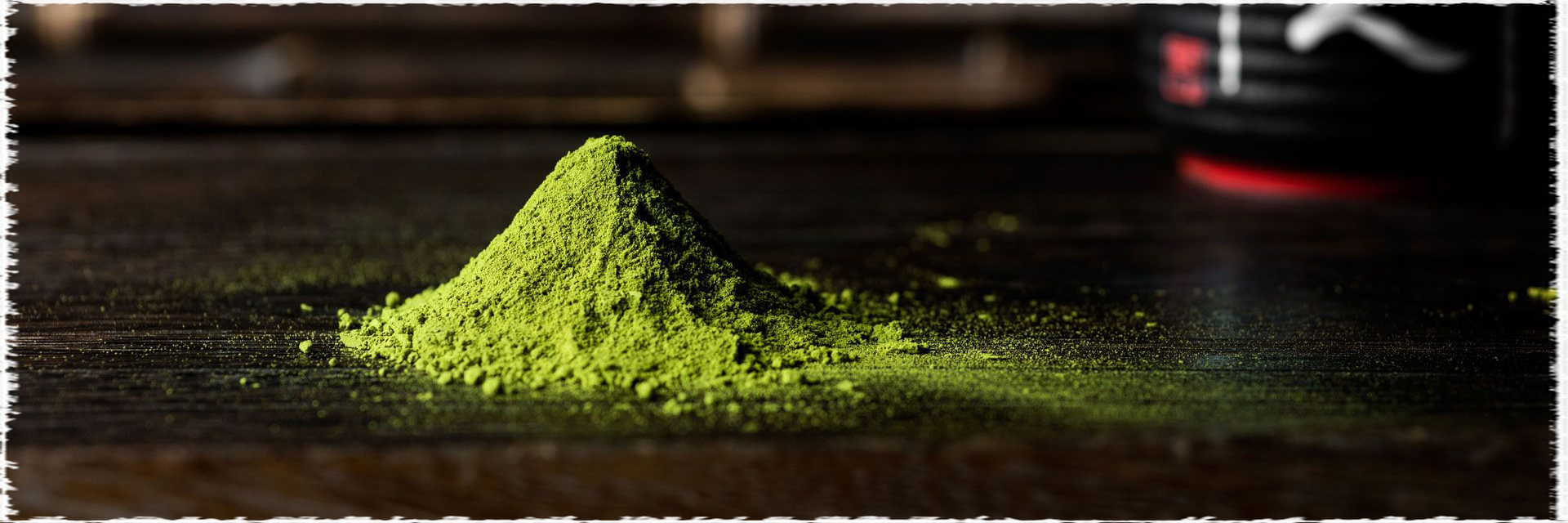

While matcha and green tea powder are both green tea, they have unique characteristics. Matcha has numerous benefits, but the price is ten or even dozens of times higher. Which kind of tea should you choose? Please decide based on the price that suits you or taste it.
If you enjoyed this article, you might also like to read the following articles:
Wuyi Shui Xian and Zhangping Shui Xian
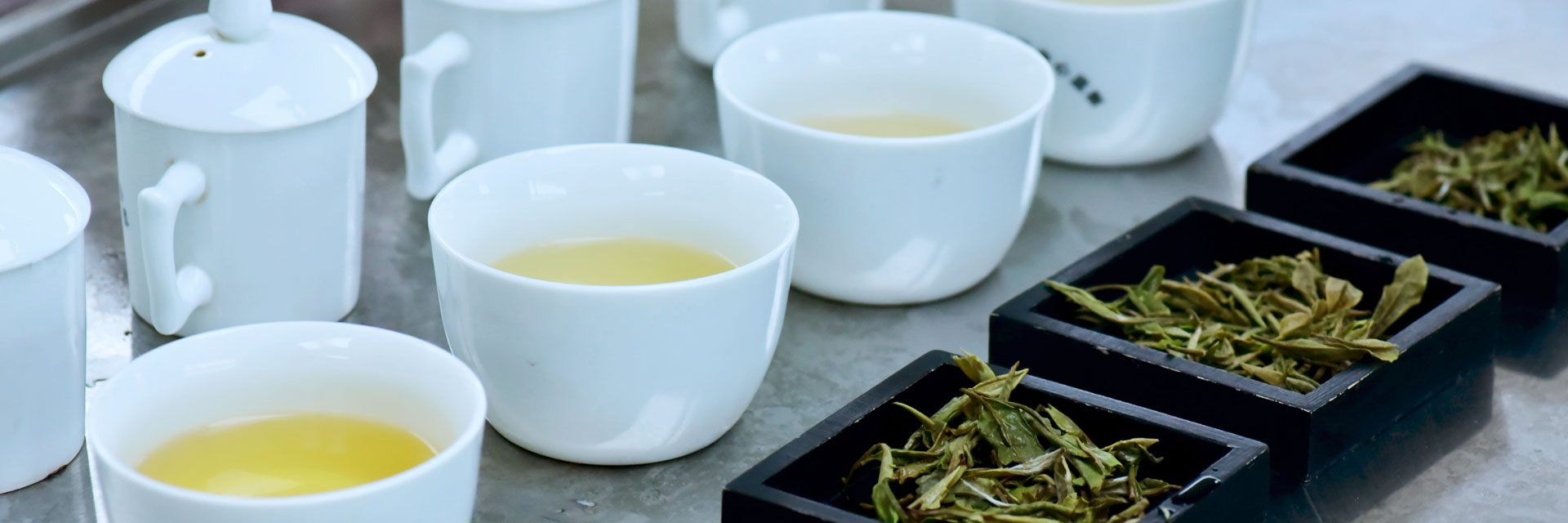 Learn Professional Tea Tasting and Inspection with Tea Master Chen
Learn Professional Tea Tasting and Inspection with Tea Master Chen Yingde Black Tea
Yingde Black Tea Matcha vs. Green Tea Powder
Matcha vs. Green Tea Powder